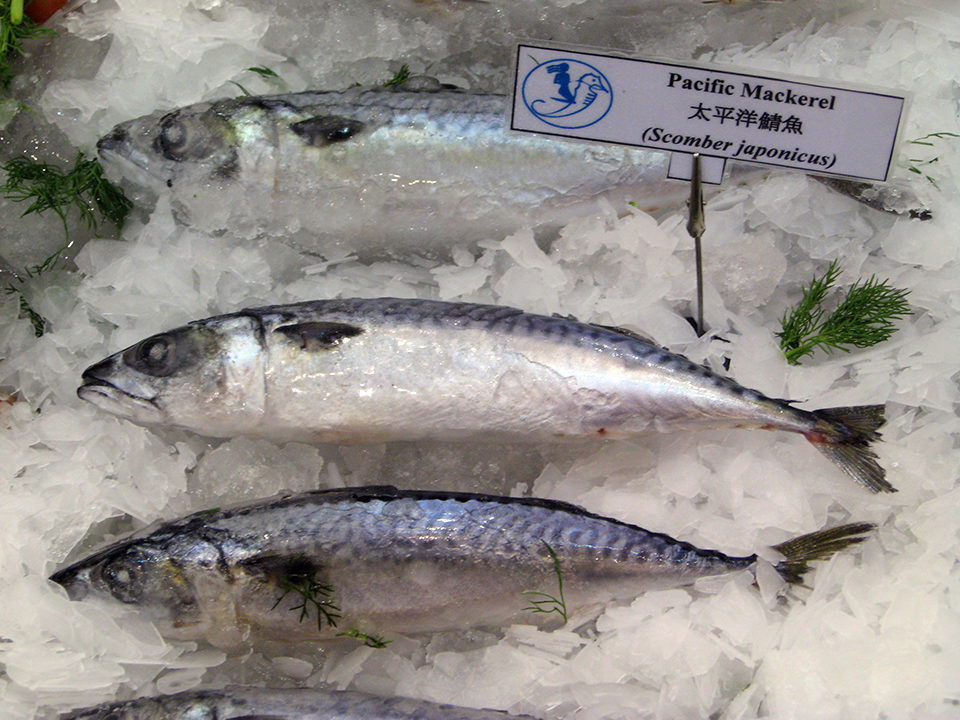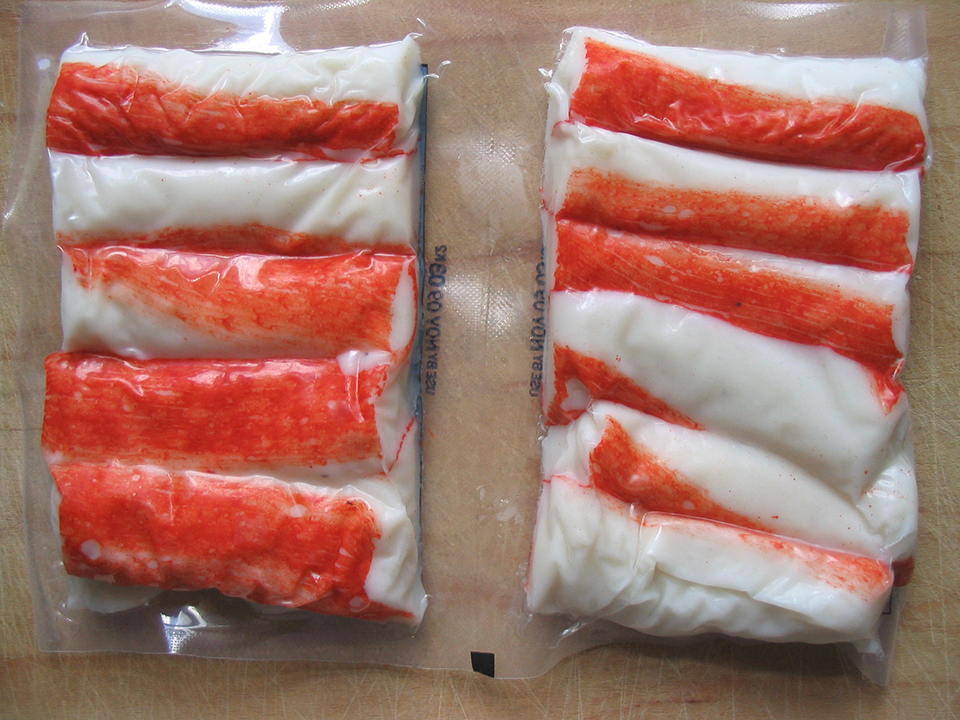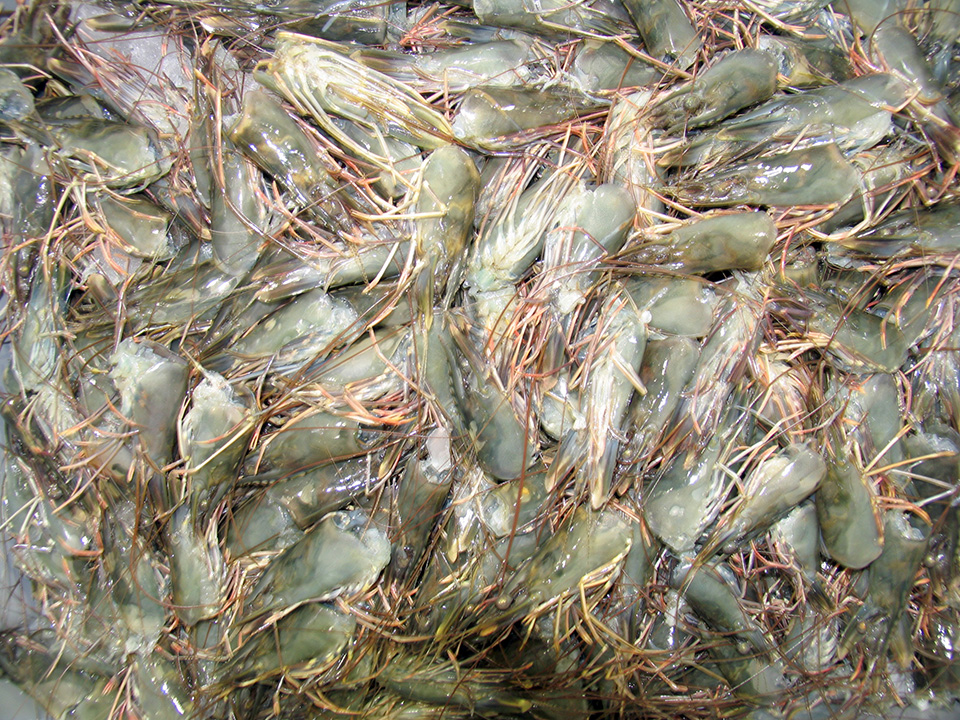Protease enzymes have diverse applications

Fish processing generates large amounts of solid and liquid wastes in the forms of heads, tails, skin, bones and intestines. The utilization of these wastes is a major problem for fishermen and the fish-processing industry. As profit margins continue to decrease and waste disposal becomes more expensive with fewer options, the ability to convert waste into a useful product has considerable interest.
Proteases
Protease enzymes constitute one of the most important groups of industrial enzymes and account for at least 50 percent of all global enzyme sales. They have diverse applications in detergents, food, leather, silk and the agrichemical and pharmaceutical industries.
Fish are regarded as one of the richest sources of proteolytic enzymes. It is possible to recover about 1 g of the enzyme from 1 kg of viscera.
Proteases have been purified from the processing waste of various fish and shellfish species, including tambaqui, Nile tilapia, several salmon species, carp, catfish, Monterey sardines, Japanese anchovies, spotted goatfish, rainbow trout, true sardines, arabesque greenlings, jacopever, elkhorn sculpin, crawfish, mackerel, cod, albacore and yellowfin tuna, lane snappers, shrimp and cuttlefish.
Digestive enzymes from cold-adapted fish are active catalysts at relatively lower temperatures than similar enzymes from mammals, thermophylic organisms and plant sources. Isolated fish proteases vary significantly in their optimal pH activity and temperature, but have high activity over a wide range of pH, temperature and chemical solutions (Table 1).
Flick, Optimal temperatures and enzyme activities, Table 1
| Fish Species | Optimal pH | Temperature (°C) | Activity Retention |
|---|---|---|---|
| Sardinella | 8.0 | 60 | 50% at 30 minutes at 50° C |
| Common carp | 11.0 | 50 | 60% in ionic surfactants 50% in 5% hydrogen peroxide |
| Hybrid catfish | 9.0 | 50 | 120 minutes at pH 7-11 at 40° C |
| Nile tilapia* | 8.0 | 50 | 30 minutes at 50° C |
| Sea bream* | 8.0-10.0 | 50 | 50% after 30 days at 30° C |
| Tuna** | 9.0 | 55 | – |
| Surf clams | 2.5-3.0 | 44-46 | – |
** Yellowfin, Thunnus albacores; skipjack, Katsuwonus pelamis; tongol, Thunnus tonggol
Table 1. Optimal temperatures and enzyme activities for several fish and shellfish proteases.
The enzymes exhibit high catalytic activity at relatively low concentrations, which makes them suitable for many different applications.
Alkaline proteases
Alkaline proteases, mainly trypsin and subtilisin, are the most important group of industrial enzymes, with applications in the leather, food and pharmaceutical industries, as well as in bioremediation processes. However, about 60 percent of all proteases sold are used in the detergent industry. Biological detergents are commonly used in domestic laundry soaps because the enzymes provide the benefit of low-temperature washes with improved cleaning performance.
The addition of proteases to detergents considerably increases the cleaning effect by removing protein stains and consuming surface-active substances, thereby decreasing the pollution load. Although most of the research on fish enzymes has primarily focused on saltwater fish (Table 2), the excellent activity exhibited by enzymes recovered from Nile tilapia (Oreochromis niloticus) and hybrid tilapia demonstrates that freshwater fish can also be important sources of enzymes.
Flick, Optimal temperatures and enzyme activities, Table 2
| Fish Species | Optimal pH | Temperature (°C) | Activity Retention |
|---|---|---|---|
| Pacific cod | 8.0 | 8.0 | Unstable above 30° C and below pH 5.0 |
| Saffron cod | 8.0 | 8.0 | Unstable above 30° C and below pH 5.0 |
| Lane snapper | 9.0 | 9.0 | 100% at 30 minutes |
| Red snapper | 8.5 | 8.5 | Stable 25-55° C and pH 7.0-10.0 |
| Skipjack tuna | 9.0 | 9.0 | Stable below 50° C and pH 6.0-11.0 |
| Skipjack tuna | 9.0 | 9.0 | Stable below 50° C and pH 6.0-11.0 |
| Walleye pollock | 8.0 | 8.0 | Unstable above 30° C and below pH 5.0 |
| Pirarucu | 9.0 | 9.0 | 30 minutes at 55° C and pH 6.0-11.5 |
| Cuttlefish | 8.5 | 8.5 | Stable 1 hour at 50° C and pH 7.0-10.0 |
| Smooth hound | 8.5 | 8.5 | Stable 1 hour at 40° C and pH 7.0-9.0 |
| Sardine | 8.0 | 8.0 | Stable at pH 6.0-9.0 |
| Catfish | 8.0 | 8.0 | Stable at pH 6.0-11.0 |
| Freshwater shrimp | 8.0 | 8.0 | Stable at pH 7.0-11.0 |
The high activity of fish trypsins at low temperatures is interesting for several industrial applications, such as in certain food-processing operations that require low processing temperatures. Furthermore, trypsins from cold-adapted fish are inactivated at relatively low temperatures, which make such enzymes potentially useful in food applications where ready and rapid denaturation is desirable.
The ability to obtain a commercial product from tuna is of particular interest. Approximately two-thirds of the whole fish are ensiled, and the rest (including the viscera) becomes the waste. Use of the processing waste will minimize economic loss and ecological hazards sometimes caused by waste.
Tripsins have also been obtained from both pink and Atlantic salmon, but specific optimum temperatures and pH values were not stated.
Perspectives
The market for various enzymes is expected to expand, and new applications for their use will continue to develop. Significant research on the isolations and applications of fish and shellfish proteases have been performed and reported in the literature. Consequently, the technology to produce the enzymes exists, large volumes of processing wastes are available, and markets for the enzymes exist.
(Editor’s Note: This article was originally published in the September/October 2012 print edition of the Global Aquaculture Advocate.)
Now that you've reached the end of the article ...
… please consider supporting GSA’s mission to advance responsible seafood practices through education, advocacy and third-party assurances. The Advocate aims to document the evolution of responsible seafood practices and share the expansive knowledge of our vast network of contributors.
By becoming a Global Seafood Alliance member, you’re ensuring that all of the pre-competitive work we do through member benefits, resources and events can continue. Individual membership costs just $50 a year.
Not a GSA member? Join us.
Author
-

George J. Flick, Jr., Ph.D.
Food Science and Technology Department
Virginia Tech/Virginia
Cooperative Extension (0418)
Blacksburg, Virginia 24061 USA[117,100,101,46,116,118,64,103,107,99,105,108,102]
Tagged With
Related Posts

Intelligence
Byproduct utilization for increased profitability, part 2
Enzymes obtained from fish- and shellfish-processing wastes can be used in the making of a number of useful products. Lipase enzymes from fish can break down lipids, while amylases hydrolyze starch.

Intelligence
Byproduct utilization for increased profitability, part 3
Fish protein hydrolysates obtained from fish-processing wastes can be used to make valuable ingredients for the food and healthcare industries. Hydrolysates are produced from fish muscle and viscera through an autolytic process by endogenous enzymes or an accelerated method using exogenous enzymes.

Intelligence
Byproduct utilization for increased profitability, part 4
Protein hydrolysates can be produced by acid, base or enzymatic hydrolysis processes. Acid hydrolysis produces salt that makes the product unsuitable for food and destroys some essential amino acids. An optimum process for one fish or shellfish by-product may not be optimum for another.

Intelligence
Byproduct utilization for increased profitability, part 5
Fish protein hydrolysates have been used in the food industry for the development of antioxidants, emulsifiers, flavoring agents, anti-bacterial agents and feed. As natural products, they have a growing acceptance, since natural products are preferred by some consumers over industrial products.


